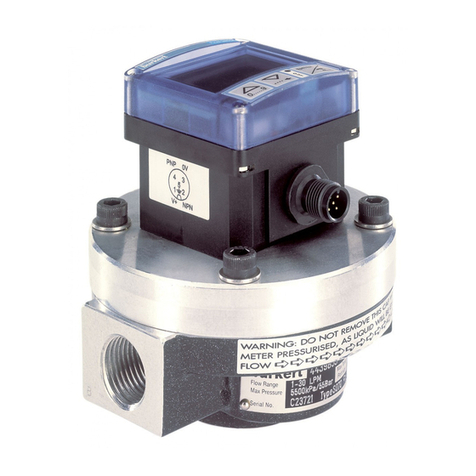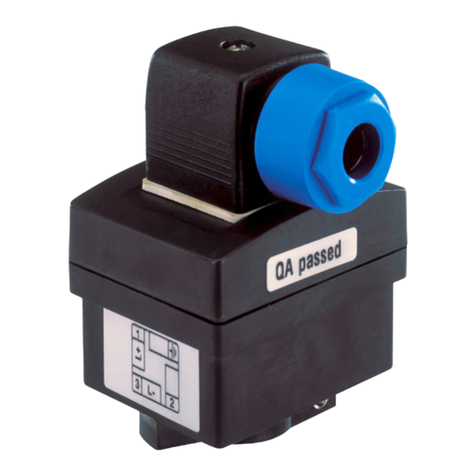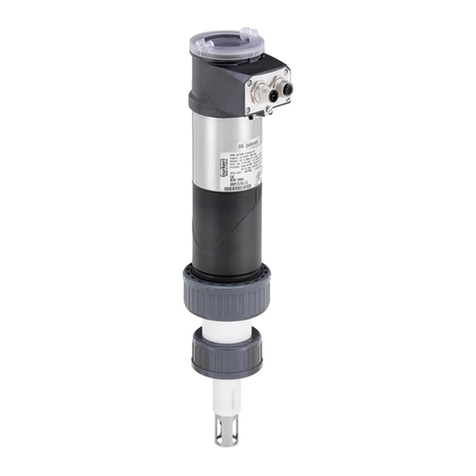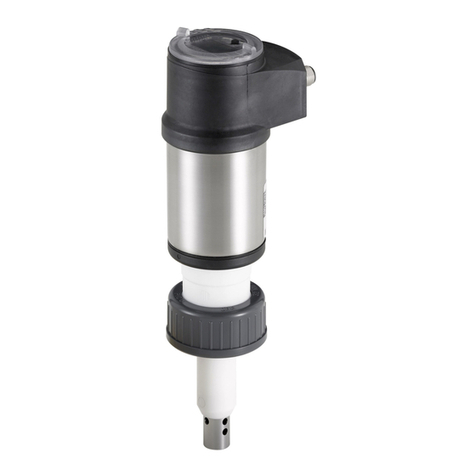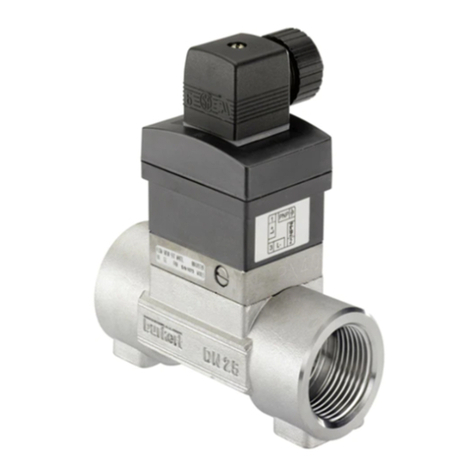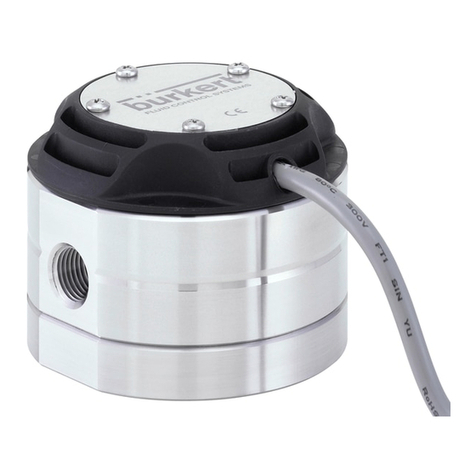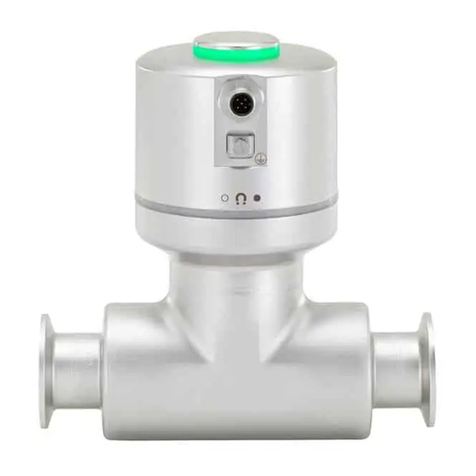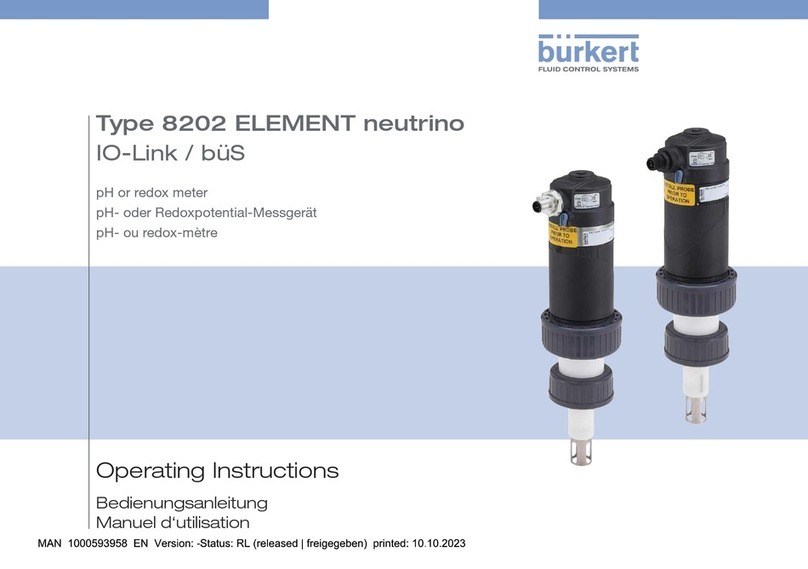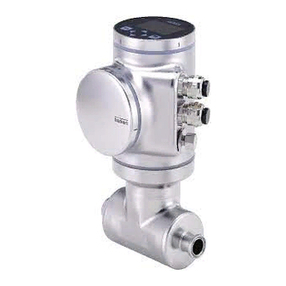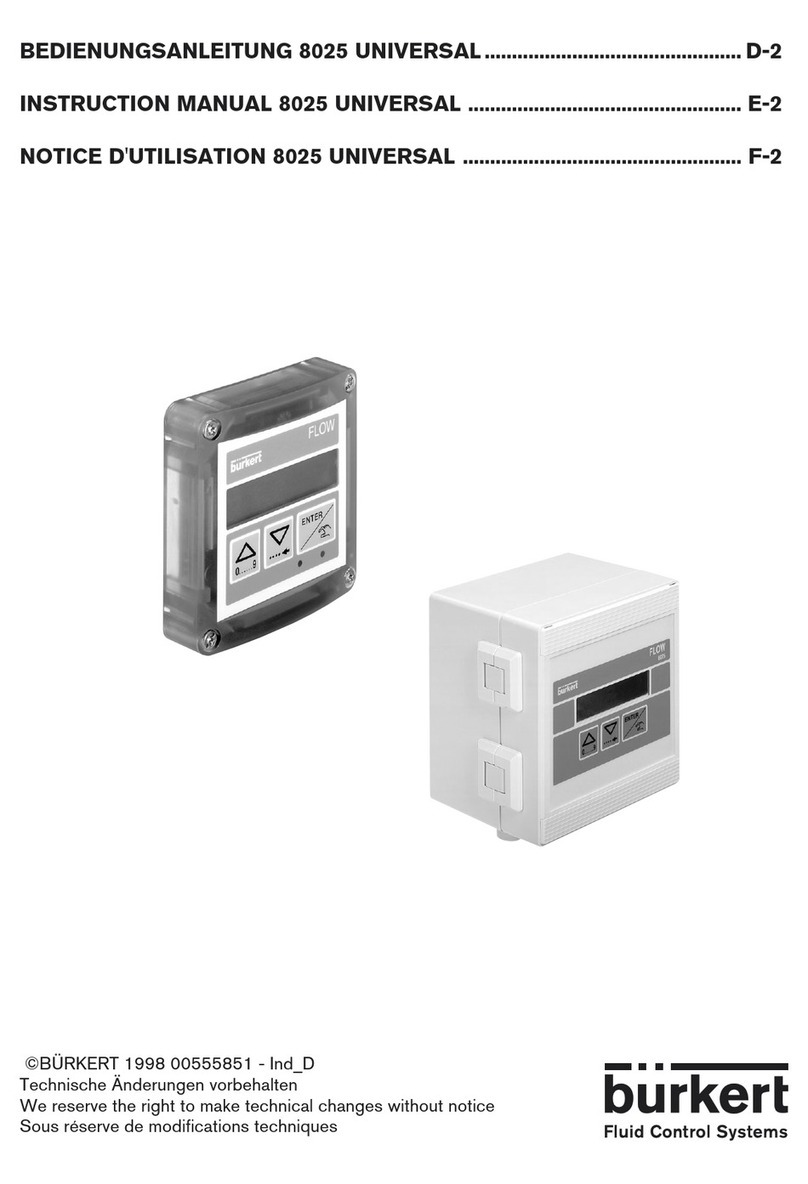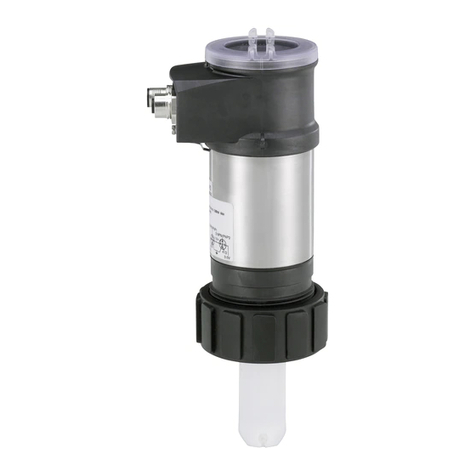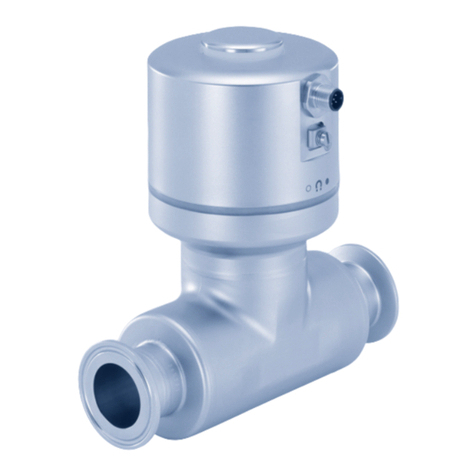
Type 8743
Table of contents
3
TABLE OF CONTENTS
1 About this document..................................................................................................................................6
1.1 Manufacturer .................................................................................................................................... 6
1.2 Used symbols................................................................................................................................... 6
1.3 Terms and abbreviations .................................................................................................................. 7
2 Safety instructions......................................................................................................................................8
2.1 Intended use..................................................................................................................................... 8
2.2 Safety................................................................................................................................................ 8
3 Product description..................................................................................................................................11
3.1 Product overview............................................................................................................................ 11
3.2 Product identification ..................................................................................................................... 13
3.2.1 Type label...........................................................................................................................13
3.2.2 Calibration label .................................................................................................................14
3.2.3 Conformity marking ...........................................................................................................14
3.2.4 Symbols and markings on device......................................................................................14
3.3 Display elements ............................................................................................................................ 14
3.3.1 Status indicator..................................................................................................................14
3.3.2 NAMUR mode....................................................................................................................15
3.3.3 Network status indicator....................................................................................................16
3.3.4 Communication indicator...................................................................................................16
3.4 Functionality ................................................................................................................................... 16
3.4.1 büS interface......................................................................................................................16
3.4.2 Actuator is a control valve .................................................................................................17
3.4.3 Memory card......................................................................................................................17
4 Technical data ..........................................................................................................................................18
4.1 Standards and Directives ............................................................................................................... 18
4.2 Operating conditions ...................................................................................................................... 18
4.3 Medium........................................................................................................................................... 18
4.3.1 Quality of the medium........................................................................................................19
4.3.2 Pressure loss .....................................................................................................................20
4.4 Electrical data ................................................................................................................................. 21
4.5 Communication .............................................................................................................................. 23
4.6 Mechanical data ............................................................................................................................. 23
5 Medium connection..................................................................................................................................24
5.1 Possible medium connections ....................................................................................................... 24
5.2 Installation procedure ..................................................................................................................... 24
5.2.1 G-internal-threaded connections.......................................................................................24
5.2.2 NPT-internal-threaded connections ..................................................................................26
5.2.3 Flange connections............................................................................................................26
6 Electrical connection................................................................................................................................28
6.1 Additional documentation .............................................................................................................. 28
6.2 Wire the variant Analogue with D-sub DE-9 male connector......................................................... 28
6.2.1 Digital input ........................................................................................................................29



